(Dan Tri) – If there is a high-speed railway, the travel time from Hanoi to Nghe An, Ho Chi Minh City, etc. will be much shorter than by bus. This will give tourists more options, thereby increasing the number of tourists .

Tourists and travel agencies excitedly await the prospect of the North-South high-speed train
Recently, the North-South high-speed railway project, expected to start construction in 2030, has received attention from the community. The prospect of having breakfast in Hanoi and lunch in Ho Chi Minh City has made many tourists and those working in the tourism industry very interested.
Mr. Binh Minh (43 years old, living in Long Bien, Hanoi), said that every day he eagerly searches for information related to the North-South high-speed railway project. Due to the nature of his work, this customer almost has a business trip from Hanoi to Ho Chi Minh City every month.
Mr. Minh often chooses to travel by plane. Although the average flight time between the two cities is about 2 hours, in reality, if you count the time from home to the airport, waiting for check-in procedures, waiting at the airport and traveling from the airport to the partner company, Mr. Minh estimates it usually takes at least 5-6 hours.
If the road to the airport is congested or the flight is delayed or cancelled, it will take more time for passengers.
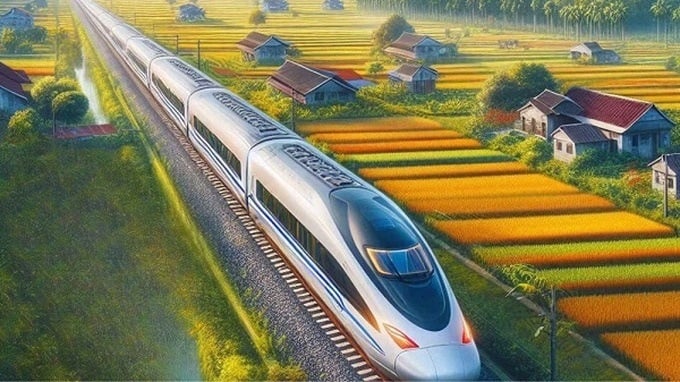
The North-South express train project is expected to start construction before 2030 and be completed before 2045 (Illustration photo: AI).
“I am looking forward to the day the project becomes a reality. Hopefully my wife and children and I will be the first guests to experience it, even though I will be turning 50 by then,” Minh said happily.
Like Mr. Minh, as a citizen of the capital, Mr. Trong Giap hopes that when the North-South high-speed railway comes into operation, it will contribute to promoting tourism development, shortening distances, creating more experiences for tourists, and helping to reduce overload on air and road routes.
Having lived and worked in Japan, Mr. Giap had the opportunity to experience many types of high-tech vehicles in the land of cherry blossoms. Among them, the Shinkansen high-speed train made a special impression on the Vietnamese visitor.
When traveling between Tokyo and Shizuoka Prefecture, home to the famous Mount Fuji, the Shinkansen runs at an average speed of 280km/h. The two locations are 167km apart. This distance, if traveling by regular train, would take about 3 hours, but traveling by Shinkansen has shortened the time to one hour thanks to its high speed.
“The train is fast, smooth, and has plenty of legroom, so you can take a nap before arriving at your destination. I find the way Japan builds train routes connecting famous tourist destinations and the services that help tourists experience the train very interesting. These are things Vietnam can learn from,” Mr. Giap shared.
As someone working in the tourism industry, Mr. Nguyen Tien Duc, CEO of Havina Travel, believes that if the high-speed railway project becomes a reality, it will open up many opportunities for the tourism industry.
Fuxing high-speed train launches Beijing-Shanghai route ( Video source: CGTN).
According to this CEO, currently, most tours taking customers from the North to Ho Chi Minh City travel by plane to shorten the time.
Airfare alone usually accounts for 40% to 60% of the tour price. The appearance of the North-South high-speed train is not just a means of transportation, it can become an attractive tourism product if the tourism industry and travel agencies know how to take advantage.
Having personally experienced high-speed rail routes in China, Mr. Duc realized that this country knows how to exploit accompanying tourism products. Here are some things that Vietnam can learn: That is, linking tourist destinations with the high-speed rail system.
For example, China has developed high-speed rail lines connecting major cities with popular tourist destinations such as Beijing-Shanghai and Beijing-Xi’an. This not only shortens travel time but also makes it easier for tourists to explore many places in a short time.
In addition, the service experience on high-speed trains in China is also very impressive. The units provide many amenities such as free wifi, food service, comfortable seats, ensuring that the journey of tourists is always comfortable and convenient.
China’s high-speed rail network development plan, which follows the “8 vertical and 8 horizontal” direction, has now completed 80% of the plan. The main routes connecting leading economic and tourist destinations such as Beijing, Shanghai, Guangzhou, and Shenzhen have been basically completed.
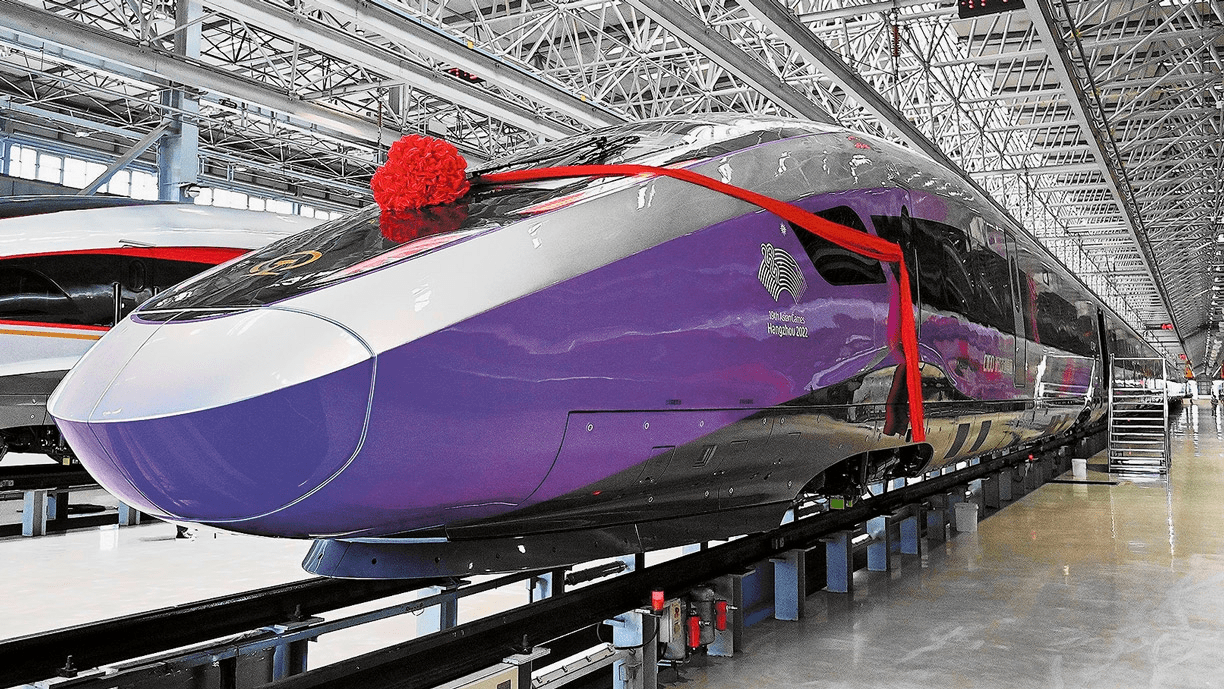
A Chinese Fuxing train line is about to open at the station (Photo: News).
In fact, the places where high-speed railways pass through have achieved tourism development and investment attraction opportunities. For example, the 208km long expressway connecting Chengdu with Songpan has been put into operation, the cost of traveling to Jiuzhaigou has been halved if traveling by plane as before and the time is also shortened compared to traveling by bus.

Mr. Nguyen Tien Duc, CEO of Havina Travel, said that if the high-speed railway project becomes a reality, it will open up many opportunities for the tourism industry (Photo: Character provided).
Currently, the country of one billion people continues to invest heavily in high-speed railways connecting remote and border tourist destinations such as Xinjiang and Tibet, creating leverage for the local economy.
In addition, Mr. Duc said that developing accompanying tourism products is also very important. In developed countries, other services such as luggage transport, short day tours at destinations and even food services on board are often linked. This creates a complete tourism ecosystem, enhancing the tourist experience.
“I believe that with the right investment and learning from other countries, the North-South high-speed train project will not only promote transportation but also contribute to developing Vietnam’s tourism industry to a new level. This is an opportunity for us to introduce the beauty of our country to international friends more effectively,” said the CEO of Havina Travel.
Create competitive advantage: Bring abundant source of customers, connect tourist destinations across the country
Talking to Dan Tri reporter, traffic planning expert, Dr. Phan Le Binh, Chief Representative of OCG Japan Consulting Office, lecturer at Vietnam - Japan University said that he has experienced high-speed trains in many countries such as Japan, Spain, Italy, and clearly felt the convenience and comfort that this type of vehicle brings.
According to Mr. Binh, the North-South high-speed railway is a large project, of great significance to economic and social development, including tourism. The high-speed railway lines will connect tourist destinations along the length of the country, bringing abundant visitors to the localities.
“From Hanoi, if you travel to Cua Lo (Nghe An) by bus or car, it may take 4-5 hours. This distance will make many people feel tired and exhausted, especially the elderly and children.
If there is a high-speed railway, it may only take 2.5-3 hours. Shortening the time will create an easy choice for tourists. Because it is easy to choose, the source of potential visitors to tourist areas will increase," Mr. Binh analyzed.
According to Mr. Binh, high-speed railway connecting regions not only helps increase potential domestic tourists but also attracts foreign tourists. Foreign tourists are not fluent in the language and local situation, so high-speed train will be a perfect choice because they can easily access and do not worry about getting lost.
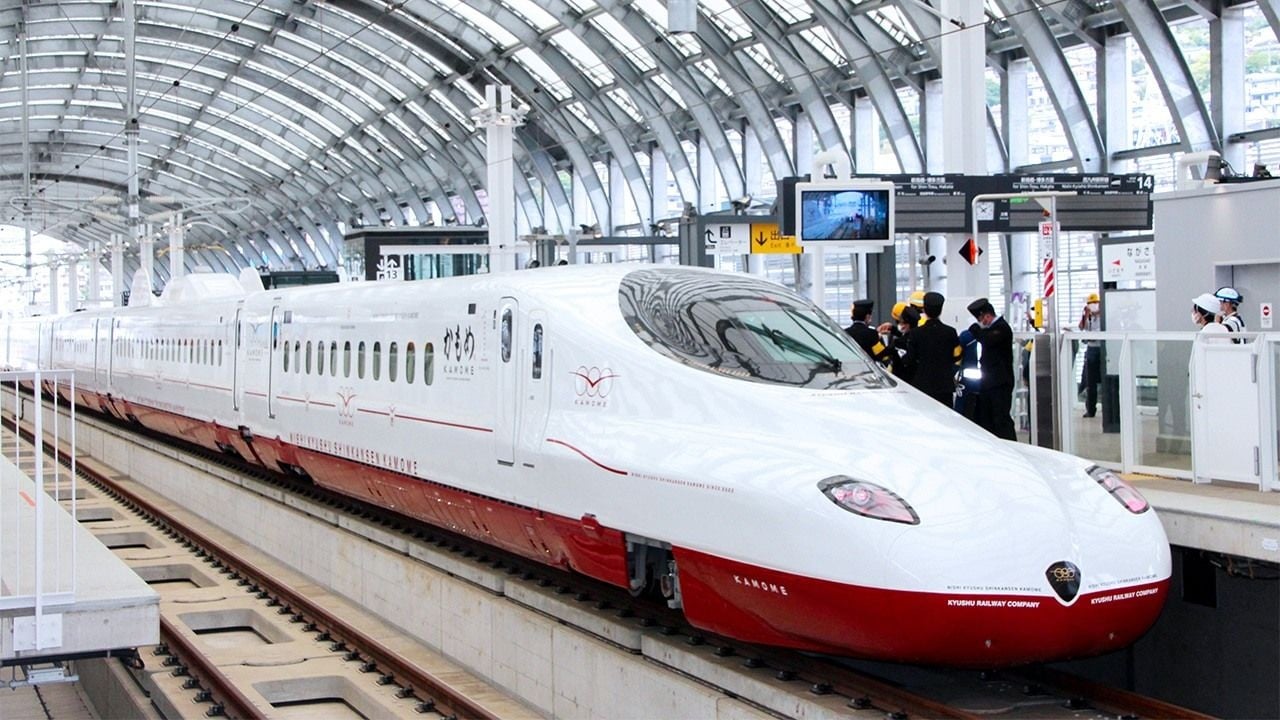
The Shinkanse bullet train has become a symbol of Japan's tourism industry (Photo: Nippon).
“High-speed railways run on fixed routes, with fixed stations, clear departure times, and tickets can be purchased online… From abroad, tourists can plan their trips,” said the expert.
According to the Pre-Feasibility Report, the estimated investment cost for completing the North-South high-speed railway is 67.34 billion USD (1.7 million billion VND).
The above amount is equivalent to the cost of completing the construction of 4 Long Thanh airports, 48 Landmark 81 buildings (HCMC), 77 Cat Linh - Ha Dong railway lines or more than 120 500kV North - South lines, circuit 1. It is also equivalent to Vietnam's budget revenue for the whole year of 2023.
Many people predict that with such huge construction costs, the North-South high-speed railway ticket price will certainly be very expensive. High ticket prices will make it difficult for high-speed trains to compete with other means of transport, especially airplanes.
Mr. Binh said that it is impossible to use revenue from ticket prices to cover the initial investment costs because the amount is too large. If calculated like that, the ticket prices will be very high.
According to Mr. Binh, the initial investment cost should be determined as a public investment activity of the State to stimulate demand, develop the entire economy, create jobs, and stimulate production and business development. Ticket prices should be calculated in balance to cover operating and maintenance activities.

The North-South high-speed train will attract more tourists and connect tourist destinations where the train passes through (Illustration photo: AI).
Regarding the competitiveness of high-speed trains, Mr. Binh said that high-speed train tickets may be expensive, but when compared with other means of transport, there are many advantages that make passengers accept the high price and make the optimal choice for themselves.
Specifically, high-speed trains will be more advantageous than cars and buses in terms of safety. Traffic accidents are always a painful problem, causing persistent consequences. Many Vietnamese people's awareness of safety is still limited. On average, more than 29 people die every day due to traffic accidents. Traveling by high-speed rail may be more expensive but is safer than by road, so it may be the choice of many people.
High-speed trains will also compete with planes. Along the length of Vietnam there are many small cities. For many cities, traveling by plane is not convenient.
When there are high-speed trains, the stations are often located right in the city, so passengers do not have to waste time traveling or waiting to check-in.
“For example, a passenger from Ninh Binh going to Ho Chi Minh City, if they take a plane, they will have to travel by car to Hanoi and then take a plane to Ho Chi Minh City. If there is a direct high-speed train connection, they only need to get on the train from Ninh Binh and get off at Ho Chi Minh City. This process is quick and convenient, instead of having to combine many types of transportation,” Mr. Binh shared.
The two growth poles of Hanoi and Ho Chi Minh City are more than 1,500km apart. With the “super” high-speed railway project, many tourists expect a bright prospect of “eating pho in Hanoi for breakfast and broken rice in Ho Chi Minh City for lunch”.
According to transport planning expert Phan Le Binh, many research activities in the world show that the advantage of high-speed rail is about 800km. At this distance, high-speed rail can easily compete with air transport. If it exceeds this distance, air transport has an advantage in terms of time and ticket price.
Mr. Binh said that if compared, traveling from Hanoi to Ho Chi Minh City by plane would be more convenient than by high-speed train. However, with advantages such as easy access, convenience, and comfort, traveling by high-speed train will probably still be the choice of many people.
“With a maximum design speed of 350km/h, if the connection from Hanoi to Ho Chi Minh City is smooth, the travel time by plane and high-speed train is the same, or a little longer by rail. If traveling by plane from Hanoi to Ho Chi Minh City, visitors will spend 2 hours on the plane, 3 hours traveling to the airport and checking in… The total average time is about 5 hours. The take-off and landing process must ensure flight safety regulations, no use of electronic devices…
Meanwhile, if they take the high-speed train, they can go to the station in the central area, without having to wait too long, and as soon as they get on the train, they can use the internet, work, and use entertainment facilities," the expert analyzed.
The emergence of high-speed railways has made many people expect that airfares will be less "hot" during peak seasons.
Mr. Binh also said that during long holidays and Tet, high-speed trains will help reduce transportation pressure because of their large capacity. Each trip can carry thousands of people or even more, and the distance between trains is short.
Depending on demand, there may be a trip every few minutes. In particular, the high-speed train will also help reduce traffic congestion on the roads, making it easier for people and tourists to travel during the holidays.
The North-South high-speed railway project in the Pre-Feasibility Study Report (FSS) will be submitted by the Ministry of Transport to the National Assembly.
Accordingly, the train line's design speed is 350km/h, able to take passengers from Hanoi to Ho Chi Minh City in 5 hours and 20 minutes.
The project is expected to start before 2030 and be completed before 2045, starting at Ngoc Hoi station (Hanoi) and ending at Thu Thiem station (HCMC), passing through 20 provinces and cities, with a total length of 1,541km.
There are 23 passenger stations and 5 freight stations.
Dantri.com.vn
Source: https://dantri.com.vn/du-lich/duong-sat-toc-do-cao-bac-nam-du-lich-tha-ga-ve-may-bay-se-bot-nong-20241007235919407.htm



![[Photo] Prime Minister Pham Minh Chinh receives the Chairman of the Japan-Vietnam Friendship Association in the Kansai region](https://vphoto.vietnam.vn/thumb/1200x675/vietnam/resource/IMAGE/2025/11/03/1762176259003_ndo_br_dsc-9224-jpg.webp)
![[Photo] Fall Fair 2025 and impressive records](https://vphoto.vietnam.vn/thumb/1200x675/vietnam/resource/IMAGE/2025/11/03/1762180761230_ndo_br_tk-hcmt-15-jpg.webp)

![[Photo] Lam Dong: Close-up of illegal lake with broken wall](https://vphoto.vietnam.vn/thumb/1200x675/vietnam/resource/IMAGE/2025/11/03/1762166057849_a5018a8dcbd5478b1ec4-jpg.webp)
![[Photo] General Secretary To Lam receives Singaporean Ambassador Jaya Ratnam](https://vphoto.vietnam.vn/thumb/1200x675/vietnam/resource/IMAGE/2025/11/03/1762171461424_a1-bnd-5309-9100-jpg.webp)


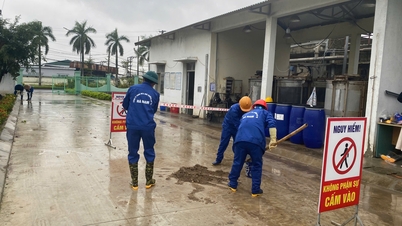

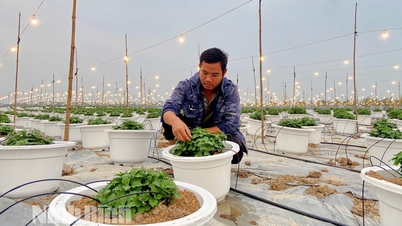
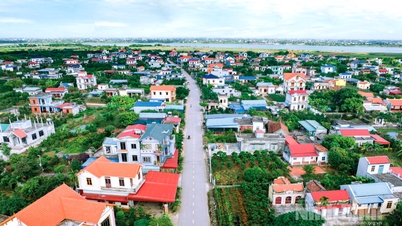
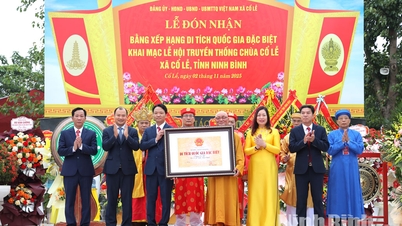

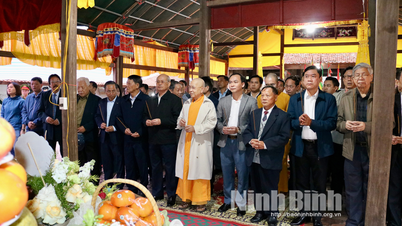







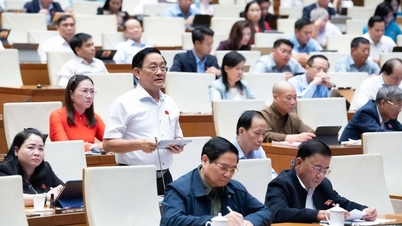


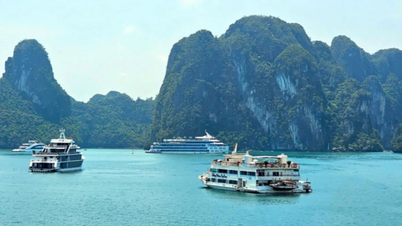



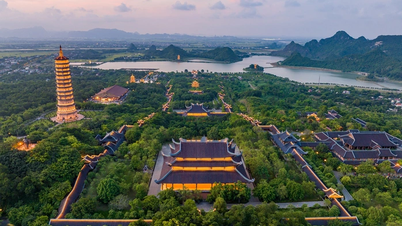



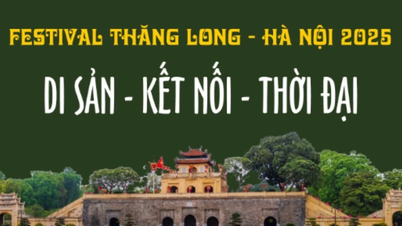

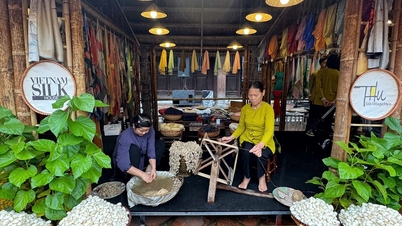


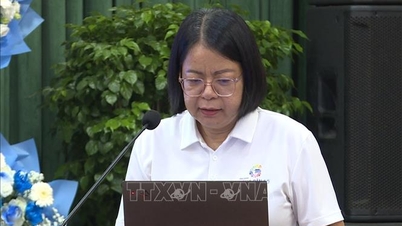









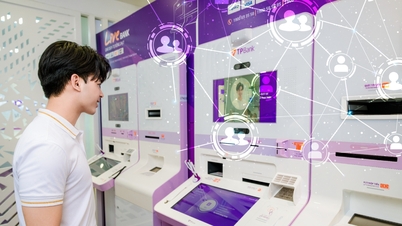








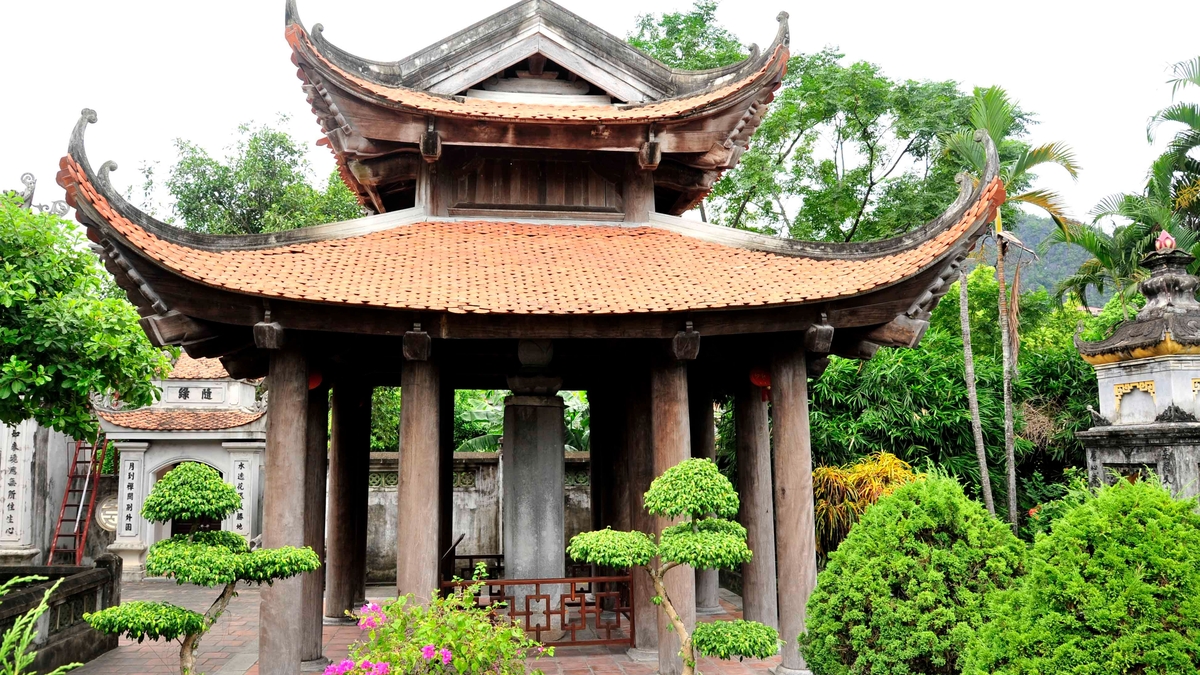

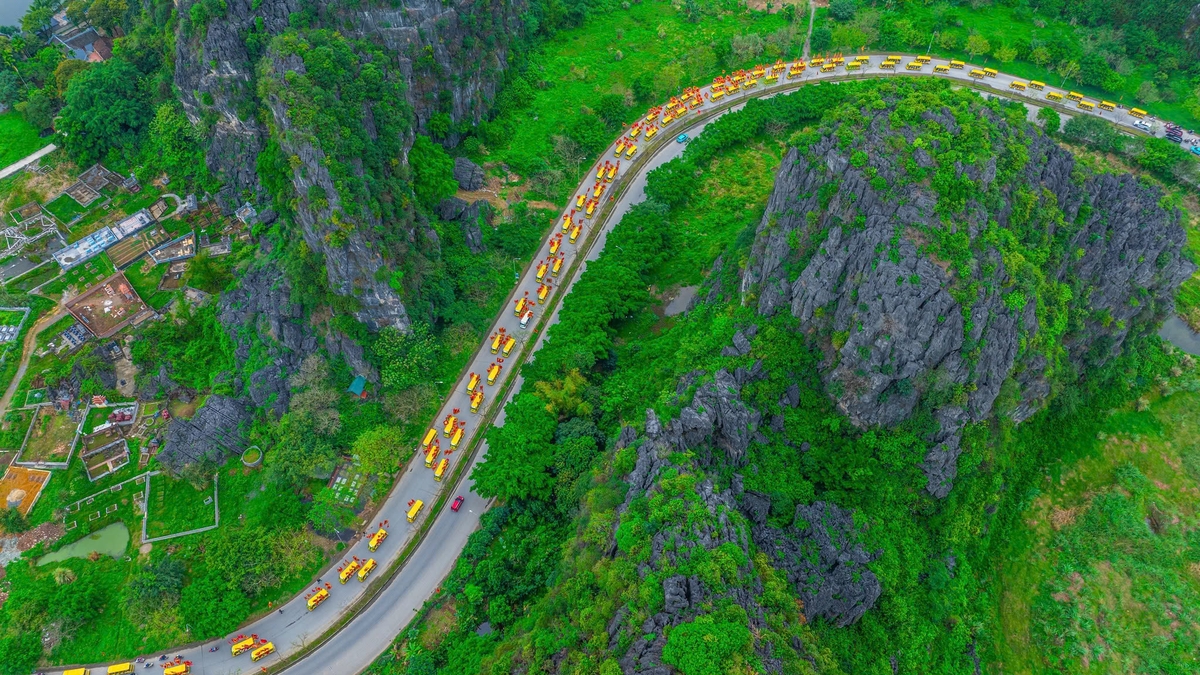

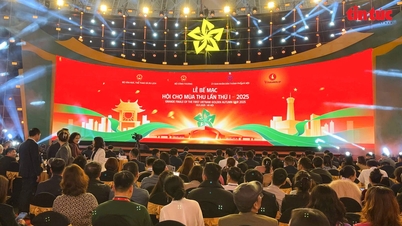


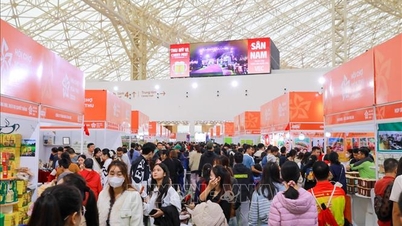
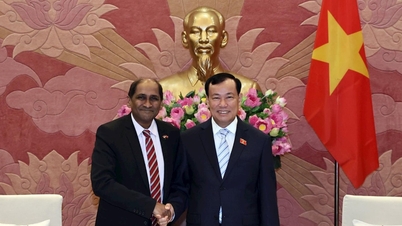

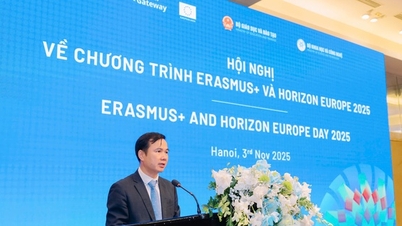

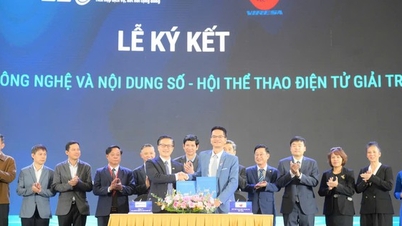

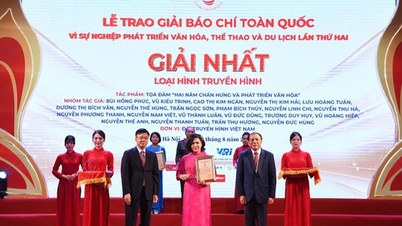


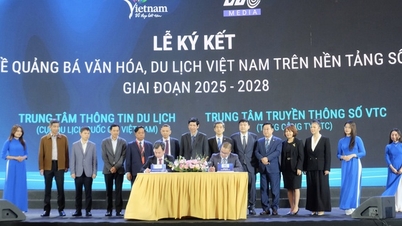
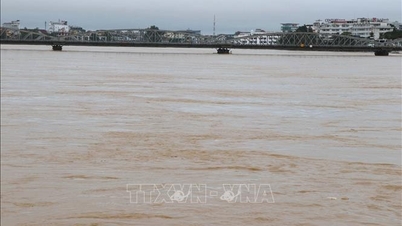

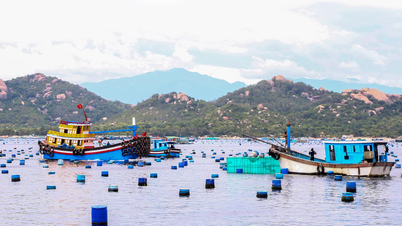





















Comment (0)